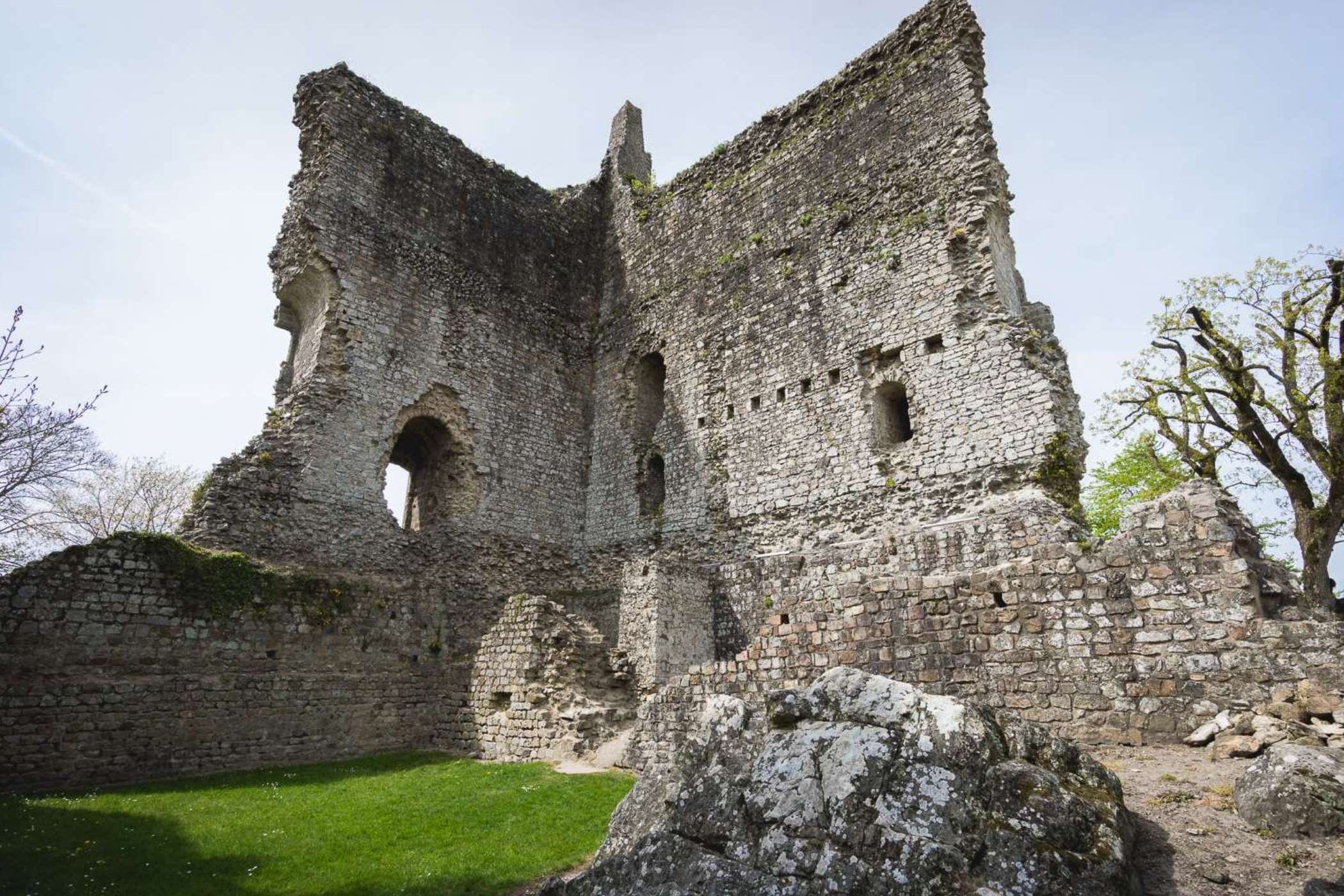
This meant that clothes that had touched them, that they had owned, made or worn, eventually came to be worn by clergymen or used to wrap the altar – one of the most sacred parts of the church. However, many women donated their clothes, or made personalised altar clothes for the church or priests. Women could not participate fully in the church – for example they were forbidden to touch the altar. Potential acts of subversion can be seen in a number of ways. In other words how women acted within the constraints of a patriarchal society either as individuals or as a group. Queen Eleanor of Aquitaine, Poitiers Cathedral Window – Danielclauzier, CC BY-SA 3.0/ wikimedia commonsįeminism as it currently exists today was not present in the medieval period. Medieval women living in castles didn’t just sit around gazing out of windows.
Ancient castles free#
There was particular way in which to ‘clean up’ oneself, rubbish had a designated place, floors were swept or kept free from too much debris, and rushes or floor coverings were used especially if they were not tiled or flagged.ģ. While medieval people didn’t practise the same degree of hygiene that we do, they were relatively clean. Other types – the chutes held in the wall – channelled the waste down to the base of the building in a more discreet fashion. Waste dropped directly out from underneath the latrine, through a cavity, down the wall and onto the ground, there for all to see (read about some Irish examples for more detail)

Sometimes they are contained within the built fabric of the castle, visible as either latrine chutes or as slightly overhanging features held on corbels or beams of wood that once protruded from the wall.

These latrines were usually found in the colder northern walls on the first floor of castles, mostly at a corner edge as far away from the main entrance as possible – but not always. Image credit: Txllxt TxllxT, CC BY-SA 4.0/ wikimedia commonsĬastle toilets, also known as garderobes or latrines, would have a plank of wood with a hole held on stone supports through which waste could be deposited. View up into a medieval toilet outlet at a castle in Carcassonne. Toilets weren’t as dirty and smelly as you’d think. At other times, the household might be smaller such as during a woman’s confinement before birth and just after ( see Rachel Delman’s work on this).Ģ. Numbers in the household could swell at times of celebration such as Easter, or when they received guests, who might stay for months at a time. Then there would be people associated with the different areas of the household from the kitchen, stables, guards, carers for the children, personal attendants to the lord and lady and those who carried out religious duties. The moving household could be anywhere from 30 to 150 people it would have included the lord and lady as well as their children (which could go into double figures – for example Queen of England Eleanor of Aquitaine had 10 children). While castles were homes, they weren’t permanent residences – the lord, lady and household moved from castle to castle and took their things with them – beds, linen, tableware, tapestries, candlesticks, chests and perhaps even plants in pots! This means that the resident household at a castle would usually be very small and most of the rooms were shut up.

Not many people lived there for much of the time. Bodiam Castle by Adam Kumiszcza CC BY-SA 4.0/ wikimedia commonsġ. Here she tells us some unexpected facts about daily life in medieval castles. Dr Karen Dempsey’s research tells the stories of medieval people’s lives through the objects they used and cared about, in the spaces where they lived and worked.


 0 kommentar(er)
0 kommentar(er)
